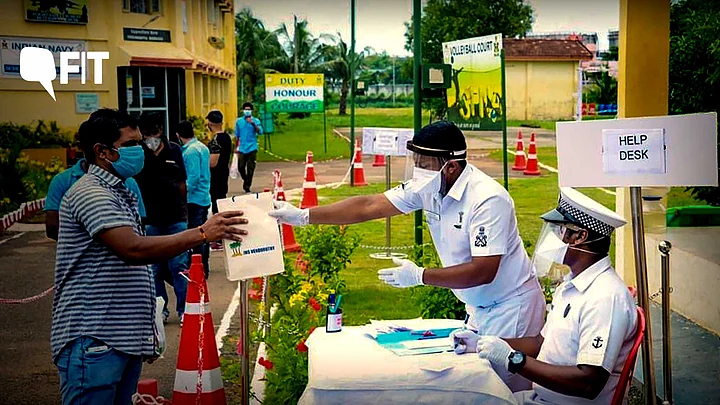The Indian state of Kerala is celebrated for its efficient response to COVID-19. Built on decades of investment in rural health, education, decentralized administrative systems, and a huge network of women’s groups, Kerala has created a health care model that prioritizes empathy and responsiveness. This strong social and administrative fabric has made Kerala a prime example of how other states and countries could respond to the pandemic.
Lesson 1: Start With Empathy
In uncertain times, health systems must build the trust and confidence of patients through conscious efforts of the health workforce. One of the reasons that the COVID-19 health care model in Kerala has proven effective is because it is based on empathy.
Instead of traditional one-sided services, health services in Kerala use a differentiated care model that embraces the patient and their unique needs. Health workers engage in deeper conversations about treatment options to find what will work best for the patient.
Even small conveniences — like free Wi-Fi access for patients, allowing family members to share rooms, and placing patient beds near windows — can make a health care experience more positive.
Each small decision, when based on empathy for the patient, creates a foundation of trust that can lead to greater engagement and care-seeking from the community.
Lesson 2: Celebrate Health Workers
A motivated health care workforce is at the core of the Kerala model. “The (health) minister would call us every day and ask us to stay positive and be unmindful of all external factors, including the cost of the treatment,” mentioned a resident medical officer of the Government Medical College, Kottayam who attended to an elderly couple infected by COVID-19.
Just as the Kerala model encourages empathy for patients, it extends this empathy to the health workers themselves.
Kerala’s health workforce benefits from voluntary organizations that provide food and other support. Many celebrities have championed health workers, taking time to learn and share about the challenges health workers are facing. Constant support and encouragement from professional associations like the Indian Medical Association, Nurses Association, and other frontline health workers elevate and motivate health workers to strive beyond their regular responsibilities.
Lesson 3: Track Patient History
Pandemic response relies heavily on case identification and contact tracing. Kerala quickly began using route mapping to capture all movement and contact history of COVID-19 patients and then publicizing it widely. This helped enormously in identifying those who may have been exposed to the virus and quarantining them rapidly. The impact of this route map is reflected in a finding which notes that 95 percent of the cases diagnosed by the Kerala health system could be traced back to the index or origin cases.
Route mapping is used to help identify individuals who may have been exposed to the SARS-CoV-2 virus by sharing information on how and where a COVID-19 patient traveled.
Lesson 4: Learn From the Past
Kerala has faced challenges in the past. An outbreak of the Nipah virus in 2018 and two severe floods in 2018 and 2019 tested the state’s health system. By learning from these experiences, Kerala’s health system was able to expedite its response toward COVID-19. Even without time for comprehensive preparations, their current system is able to rapidly respond to any outbreak, following basic public health lessons like index case isolation, speedy contact tracing, and vulnerability mapping.
Translating the Lessons to Other Public Health Systems
The lessons learned from Kerala can be quickly translated across other state health systems in India and beyond. While Kerala’s success is in part based on decades of investment in public health, there are many lessons that can be repeated and shared across any public health system.
(Dr Shibu Vijayan, MBBS, MPH is the TB Global Technical Director with PATH. He is a medical doctor and a public health expert with over 20-years of experience. He has expertise in designing and deploying private sector engagement strategies for urban health systems. He is also a core group member of the Public Private Mix working group for TB hosted by Stop TB Partnership.)

